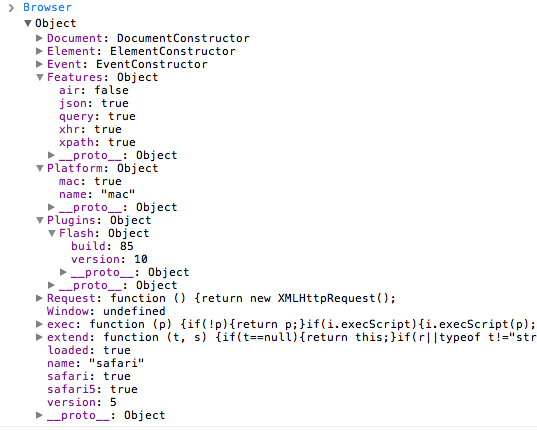Object.entries
Navigating and managing data structures is a really important skill for every level of engineer to have and improve upon. Over the years, the JavaScript language has continued to provide more methods for managing data structures, from Object.keys to Object.values and so on. One of my favorites is Object.entries, an API that provides the keys and values via an array of arrays. Let's have a look!
Consider the following object:
const obj = {
name: "David",
color: "green",
balance: 100
}
Traditionally we'd have iterated over keys via a for loop, then use array syntax to get values:
const obj = {
name: "David",
color: "green",
balance: 100
}
for (const key in obj) {
const value = obj[key];
}
We do have Object.keys() and Object.values() to get each now, but neither method provides a relationship to the parent key or value. I really love using Object.entries to maintain that relationship and get both the key and value:
Object.entries({
name: "David",
color: "green",
balance: 100
}).forEach(([key, value]) => console.log(key, value))
/*
name David
color green
balance 100
*/
Object.entries is such a useful method when you need both a key and value. Throw away those old for loops and Array-like syntaxes and use Object.entries like a pro!





I had a big discussion on this over at StackOverflow : https://stackoverflow.com/q/66074709/126833